Movement observation in a yoga session
7When I started working with students one-on-one many years ago, I used to offer free initial evaluations to anybody who was interested. It was time-consuming and not really cost-effective, but it allowed me to get lots of experience observing all kinds of students.
Movement observation is an important part of the initial consultation – it helps you get a better understanding of what’s going on in the student’s structure and observe the way he/she carries the body in motion. Over the years I’ve refined my approach to movement evaluation to condense it, make it accessible to most students and eliminate unnecessary elements such as difficult poses that do not contribute much valuable information. Below is a condensed version of what a sample movement observation looks like during my initial evaluation. Please keep in mind that this is MY way, not THE way to do it.
Few things to keep in mind:
- The movement observation is only a part of the initial consultation; other parts are not included in this video
- The choice of poses and pose adaptations depends on what the student communicated during the conversation prior to the movement observation
- This is not “one size fits all” situation – depending on the student, the session might look completely different
- The video below focuses on asana (breath and mental focus are observed only as it relates to asana)
- This type of focus is more appropriate when the student has a physical challenge of some sort; it is less relevant if we are working with energy, physiology or mental-emotional states.
During the movement observation we are walking the fine line between OBSERVING and CORRECTING. After we explain the movement, our primary goal is to watch how the student moves naturally, without excessive instructions. We are NOT trying to teach each pose to the student. We might choose to offer simple suggestions and bring his attention to specific areas if:
- We are concerned for student’s safety in the pose
- It helps the student deepen his experience in the pose
- It is relevant to dealing with the specific issue that the student is concerned with.
Any movement evaluation is a joint effort between the teacher and the student to understand what’s going on and deepen the student’s awareness of his own body.
Sequence Wiz members have access to a pdf handout “Movement Observation Sample” that summarizes what to look for in all those poses (under Forms/Handouts). Members can also find this sequences under Shared Sequences, copy it and then modify it to their liking.
Learm more about Sequence Wiz membership

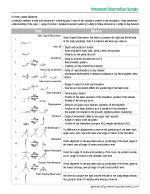
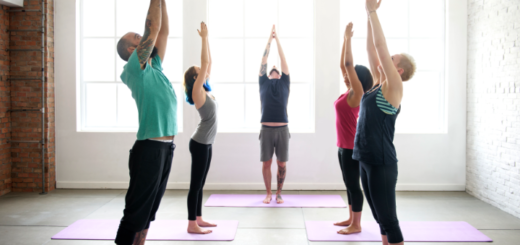
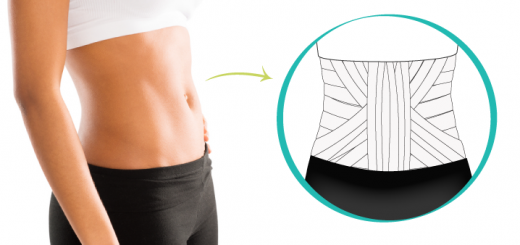
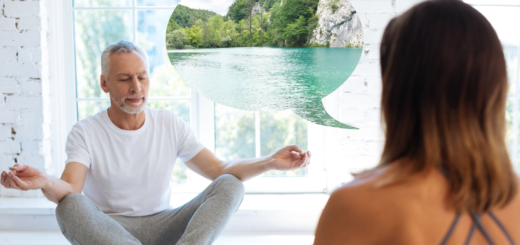
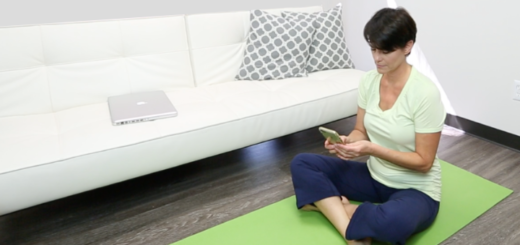















Hi Olga, i loved this. The funny thing is that I did something like this yesterday for a new Private student that I had As you mentioned, this is your method to evaluate a student’s body. But it is really generous on your part to share what you observe in the above video. I know I can learn from your observations because you are coming from another perspective…your own history and experience. …I really appreciate your insight during your class and sharing this precious gift with us. Will there be a follow up video so you can share with us your notes regarding your student’s Movement Observation Sample? Merci from the south of France!
Thank you Liza! I wasn’t planning on sharing my notes, but may be it would be worth it 🙂 Let me think about the logistics.
I don’t have the freedom to do individual observations so mine are done in class with several students. I am always torn between the visual cueing of a pose and the observation of students movement. This tutorial has inspired me to move less and observe more.
Hi Jill – cool! Of course, it’s a bit harder to do in a group, but is certainly worth it. In my experience, it encourages individual exploration, too, especially if you ask them questions about their experience as you go on, even if they don’t answer out loud.
Great demo and general guidelines! Thank you. Ant tips on what to do for someone has limited range of motion due to a larger belly?
Thank you so much Olga! I completely agree with Liza that this is such a generous and helpful gift to share with us. And so thorough and organized. I really appreciate your care and wisdom. If you do a follow up I would be interested as well to see that and learn more. All the best, Amy
Thank you! I have learned so much from you. I am interested in the movement observation and I would like to use that with my students. It implies there is a PDF for members “Movement Observation Sample” but I can’t find it in the handouts/forms. Please advise. Thanks!